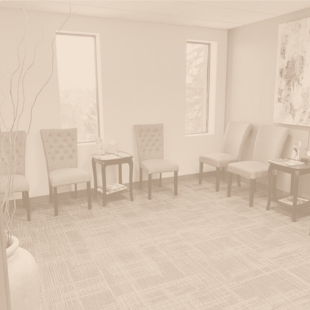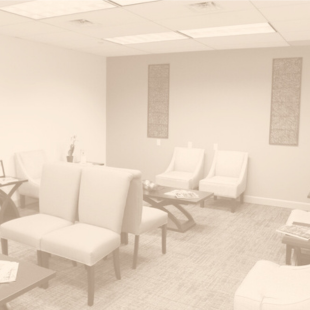Ears
Procedure Process
& Ideal Candidates
An otoplasty procedure is used to enhance the appearance of a patient’s ears by shaping them to bring symmetry to the face. A patient may want to change their large or protruding, irregularly shaped ears, or large stretched earlobes to better fit their profile.
Ear reshaping involves forming the cartilage, the ‘soft bone’ of the ear, as well as reducing the excess size or pinning back of ears as needed to improve their appearance. Ear reshaping does not affect the hearing of our patients.
Typically patients are younger, therefore treatment can begin once the ear has finished growing. This usually occurs between 4-6 years of age. However, otoplasties can be easily performed on adults as well.
This procedure is also for those who have endured some kind of damage to the ear, helping to reconstruct them to a likeness of their former state.
What To Consider
Recovery
Instructions
Resuming Activities
Schedule Your Ear Consultation
During your consultation, Dr. Antimarino will walk you through a series of questions to determine your concerns, goals and expectations. Dr. Antimarino will discuss any medical conditions you may have or treatments you are going through, what medications you may be taking, and any previous surgeries. Be prepared to discuss outcomes of an otoplasty procedure and have the doctor take photos of your face and ears for a more accurate evaluation.
Pre-Op Care
Depending upon a patient’s age and medical condition, preoperative laboratory testing may be required. This must be completed within 2-4 weeks of surgery and is typically covered by the patient’s insurance. Patients are asked to maintain their usual activity level and body weight from the time of consultation to their surgical date. Patients are required to stop smoking, vaping, and the use of nicotine patches, gum, and marijuana one month before surgery and a minimum of one month post-surgery. Patients are also required to stop using weight loss medications 2 weeks prior to their surgery. Surgery may be canceled if guidelines are not followed.
Frequently Asked Questions
What is an otoplasty?
An Otoplasty is a surgical procedure performed to reshape the ears. It can address prominent ears, large earlobes, ear asymmetry, or other aesthetic concerns related to the ears’ shape or position.
Who is a good candidate for otoplasty?
Good candidates for otoplasty typically include individuals who are in good overall health, have realistic expectations about the outcomes of the procedure, and are bothered by the appearance of their ears. It is often performed on children as well as adults.
What happens during the otoplasty procedure?
The specific techniques used during otoplasty vary depending on the individual’s needs. Generally, Dr. Antimarino makes incisions behind the ear to access the cartilage. The cartilage is then reshaped, folded, or trimmed as needed to achieve the desired ear shape. Stitches are used to secure the newly shaped cartilage in place, and the incisions are closed.
Is otoplasty a painful procedure?
Otoplasty is performed under IV sedation or general anesthesia, so you will not feel pain during the surgery. After the procedure, some discomfort, swelling, and mild pain can be expected, but these symptoms are typically managed with pain medications prescribed by your surgeon.
What are the risks and potential complications of otoplasty?
Like any surgical procedure, otoplasty carries risks, including asymmetry, changes in skin sensation, and dissatisfaction with the results. Dr. Antimarino will discuss these risks with you during the consultation and provide guidance on how to minimize them.
How long is the recovery period after otoplasty?
The recovery time varies from person to person but generally involves wearing a protective bandage over the ears for about a week. You may experience swelling and bruising, which typically subside within a few weeks. Most patients can return to normal activities, including work or school, within a week or two, although strenuous activities should be avoided for several weeks.
When will I see the final results of otoplasty?
While some initial results may be visible immediately after the bandages are removed, the final results of otoplasty may take several weeks to months to fully develop.
Testimonials
What Our Patients Are Saying
Wonderful, thoughtful, respectful, and truly caring staff…always there when you need them. Whether you are in the office or at home.
RATEMD
I was very nervous about having the procedure. Upon meeting Dr. Antimarino all my reservations were put to rest. He took the time to listen to my concerns and explain step by step what would happen before, during and after the procedure. The surgery was a success with no complications and the results were overwhelming. I have received so many compliments from friends and coworkers. I truly feel like a new person with significantly more self-confidence.
HEALTHGRADES
Dr. Antimarino has the most amazing personality. Treats you like a friend, not a patient.
Surgery & Post-Op Care
Ear surgery, or otoplasty, is performed in an outpatient setting under IV sedation or general anesthesia. The procedure typically takes 1-2 hours.
Patients usually wear a protective wrap at night for approximately 2 weeks and should remain protected from the injury around their ears for approximately 3 weeks. Recovery usually takes 1 week, and exercise may be resumed in 3 weeks.
Related Procedures
Our Locations

Monroeville
117 FOX PLAN ROAD, SUITE #300,
MONROEVILLE, PA 15146
GET DIRECTIONS
Fri: 8 am – 4:00 pm

Shadyside
5301 FIFTH AVENUE, SUITE A,
PITTSBURGH, PA 15232
GET DIRECTIONS
Fri: 8 am – 4:00 pm

